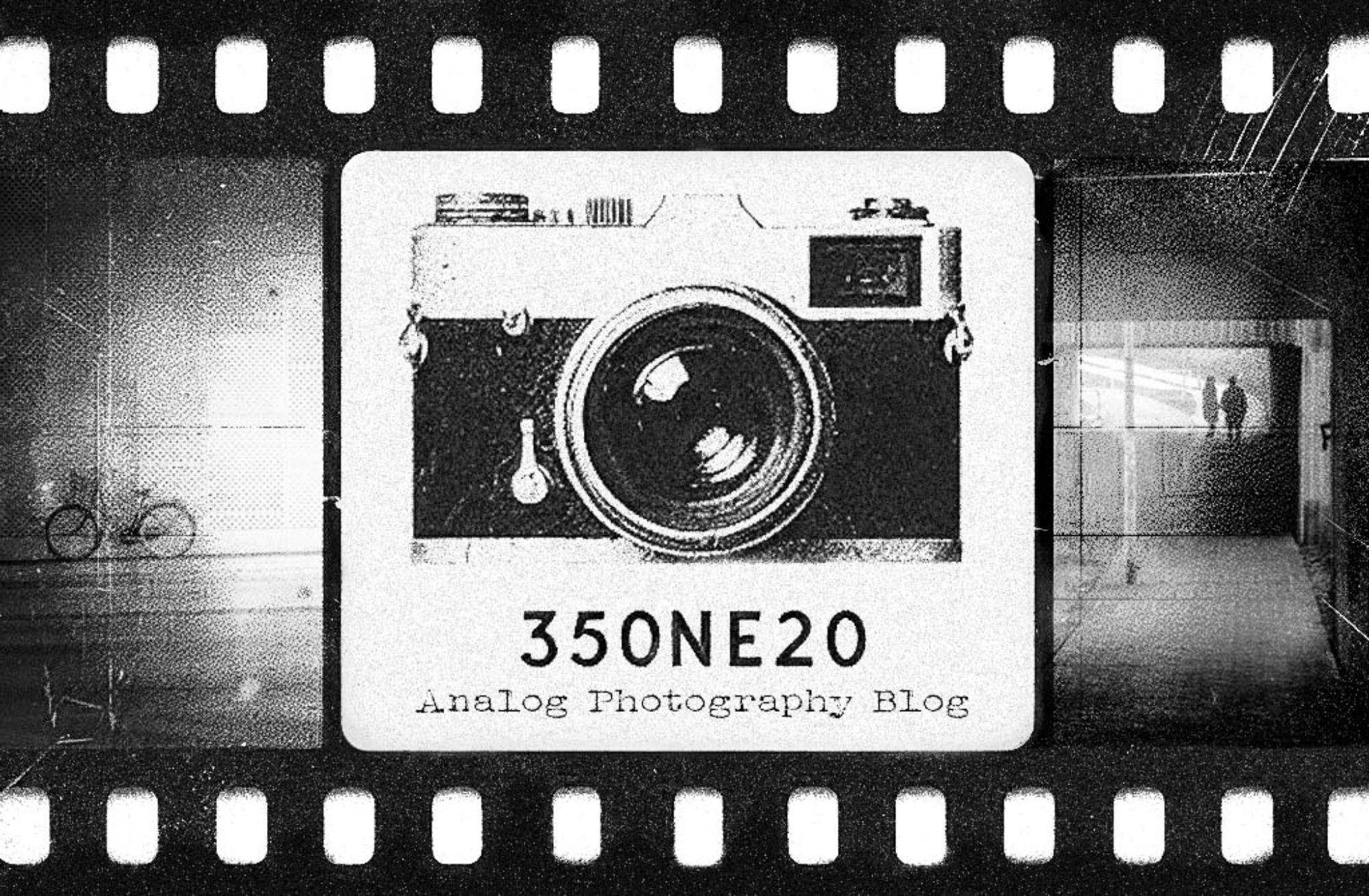First of I got to mention the design.
The Polaroid SX70 is one of the most well-designed and beautiful cameras ever produced if you ask me. It’s so super awesome that it folds into a “small package” that fits in your back pocket, and then unfolds into an SLR.
It can be a bit tricky to unfold it at first – a minor downside – but once you get the hang of it, it’s really easy. I had to YouTube it the first time. It is pretty simple but at the first go you are a bit afraid to rip the camera apart.
Below I added a video I made on how to properly open and close an SX70.
I really like that you can see and feel that they did some serious engineering and designing at Polaroid when they made the SX70, and it’s beyond anything else, camera wise.
They are a bit fragile, I’ve had five SX70, so far…
The first one was with autofocus – I still have it – but I’m not that fond of the autofocus, it works OK but it makes the camera so much bigger and bulky. And it’s an SLR! You can see what you’re focusing on through the viewfinder.
The second one was a black version a model 2, which broke out of nowhere. On a trip to Israel, it just stopped working. I’ve had it for about 3 years and used it a quite a lot, and always had it with me on my travels.
Then a third one, a white model 2 version, which works on and off, mostly off. And with the price tag of 20Dkr – $3 – for an instant photo, it’s just too expensive to use.
A fourth one which was a model 3, which are not SLR’s, it worked perfectly. But I sold it because it was not an SLR camera.
My last so far is a black model 2 again – the one on the photo – I’ve had it for 6 months or so, and it works like a charm. And a cool thing about this one is that is a European model, the focus scale is in meters not feet, not that I use it, but it’s still cool.
Even though only one – and a half – of the cameras are broken, I still think they are a bit fragile. You have to treat them gently.
Then there is the light measuring.
That’s the trickiest part to learn on an SX70, is the light measuring dial, by that I mean in order to get a well-exposed photo, you properly need to fool around with the light measuring, and it’s not the same on every camera. My first had to be dialed a little to the light side, in order to get a well-exposed photo. My latest does not need any compensation. And remember the light measuring goes back to “default” every time you fold the camera, so you have to remember to set it every time you unfold the camera. Once you get the hang of it and find the best setting, it’s a-okay.
Price!
I got my very first one in 2011. I got it off eBay because they are very expensive to buy here in Denmark, they are mostly in mint condition and therefore goes for around 2000 Dkr ($300). I don’t care about the condition as long as the camera is working – that’s how I feel about all cameras not just en SX70 – so I got a pretty beat up version, the advantage of that is that you can get them a whole lot cheaper.
And if you want to you can change the “leather” to almost whatever color/pattern you like, for a few $$.
But now that we are talking price, I have to mention the price of using the camera, the only real downside to this beauty is the price tag of an instant photo, as I mentioned earlier is around $3 for one photo. The upside of that is that it makes you think before each and every time you press the shutter.
Since I started using analog camera’s, I’ve wanted to own an SX70.
And I love em, I really, really like the photo they make, part of that is of course also Impossible Project‘s fault with the products they make, and please don’t make them to perfect, I would hate having my SX70 make Fuji Instax like photo’s, they are cool but are missing all the magic of an Impossible Project photo.
And there is one more reason for why I wanted one.
It goes to 11 in awesomeness!
-
The Looks
-
The Quality
-
The Handling
-
The Price
-
The Output
In short!
One of the most beautiful cameras ever made – King of Design.
Pros
- The design is just beyond beauty
- The photo it makes are super cool
Cons
- Very expensive to use
- Breaks a bit too easy
Photo Gallery
This work is licensed under a Creative Commons Attribution-NonCommercial-NoDerivatives 4.0 International License.












